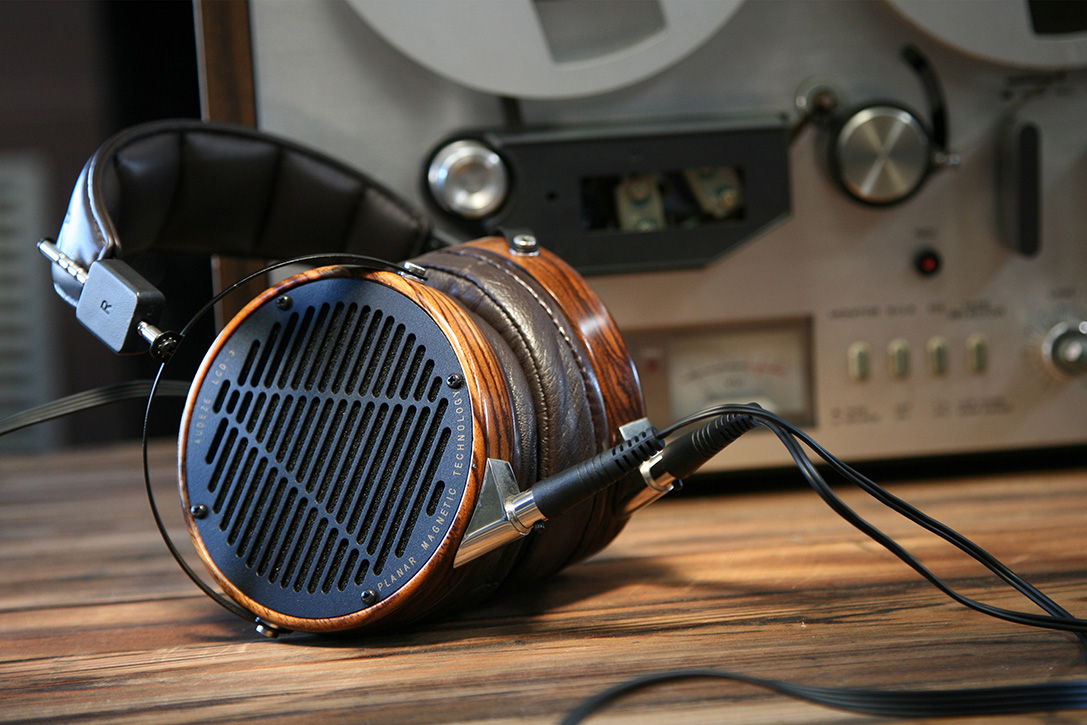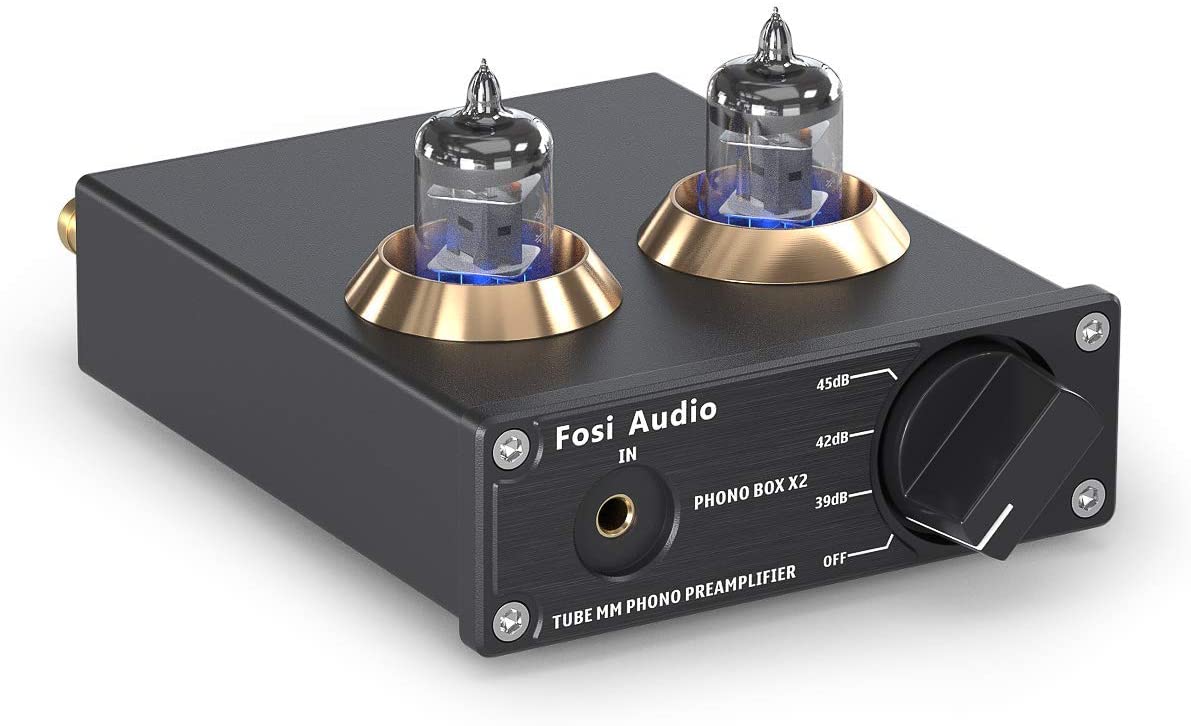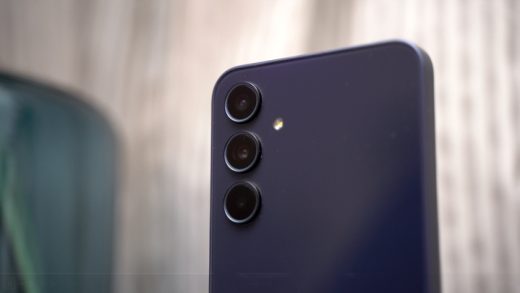One of the more common terms thrown around today when buying audio equipment is “hi-fi” or high fidelity. This was a term exclusive to high-end products back in the day, expensive equipment that most people wouldn’t even consider buying. These days though that has changed, a lot of consumer audio products out there, from earphones to headphones, throw the term hi-fi around. The question is, what is hi-fi really? What does the term mean and what does a product need to be, to be considered, hi-fi?

The term “hi-fi” or high fidelity, back in the day, meant products that were able to faithfully reproduce music. It meant that music sounded like how the artist wanted it to sound. The rise of digital music and the many other formats of music has evolved what hi-fi music is. Digital music compresses music in a big way, they sacrifice audio quality for smaller file sizes so that users can have as many as they can in their devices.
Even current streaming services offer a lossless tier, or premium tier so that users can listen to better quality sounding audio. Just like video formats, audio files also have different tiers of quality. Similar to 1080p on a TV, audio files can go up to 24-bit/192kHz, or even 32-bit/384kHz, don’t mind the numbers, it just means the higher the better.

So do numbers determine what is hi-fi? It depends. Ask any audiophile out there what is the exact definition of hi-fi and you’ll get different answers. But what is consensus though is that hi-fi music is the pursuit of the best playback quality possible. Within this realm features different tiers of what hi-fi is. With the advent of codecs such as MQA, Bluetooth aptX, and aptX-HD, formats that are optimized for streaming, hi-fi can now easily be accessed by regular consumers, assuming they buy a device that is compatible with these codecs.
Then there is the old-school way of hi-fi, having the best possible equipment to be able to reproduce the best sound quality possible. Buying high-performance audio equipment to seek the best sound quality possible, adopting higher-resolution replay sources, and constantly making small changes in pursuit of better sound. This means finding equipment that produces low noise, low distortion, and channel separation. This still applies today to a lot of audio enthusiasts out there but it is a pretty deep and difficult rabbit hole to get into because of expensive and hard-to-find equipment.

A lot of experts then say it all comes down to two things, your source, and your equipment will determine whether your setup is hi-fi or not. The source, meaning, where your music comes from. Whether it is a CD, vinyl, or audio streaming, the quality of your music will have a huge impact on sound quality. Again like I previously stated, the higher the bitrate, the better sound you will get in general.
The second part is the reproduction or your equipment. If you have a cheap pair of earbuds, even listening to lossless music won’t sound pleasant. This means, yes, you go the old school route and find the best possible equipment possible if you’re looking for the ultimate sound. The great thing these days is that great-sounding music equipment isn’t all that expensive anymore. You can generally find hi-fi audio equipment at the consumer level now.

It sounds simple right? Yes and no. The amount of audio equipment you need to produce the best sound for you can be very complicated. Some people consider a pair of expensive hi-fi headphones suitable for their audio needs. But for more discerning consumers, that setup needs to be paired with an amplifier, or a DAC, in order to produce better sound. This applies to speaker setups as well. You need to also have an amplifier for your speakers and these don’t come cheap.
Within this space, there are a lot of different products as well. For vinyl enthusiasts, you will have your turntables, and cartridges to be able to reproduce the best sound possible when it comes to vinyl. In line with this, you will also need a phono pre-amp, which takes the weak signal from your turntables and amplifies the sound that is sent to your speaker. A lot of turntables have built-in pre-amps these days but again, to get the best sound possible, some would say you need an independent one.

See where I’m going here? Hi-fi is largely dependent on the equipment you have and the end-user as well. If you, as a consumer, purchase a hi-fi product and service and are satisfied with the music that you end up listening to, then who’s to say that is not hi-fi? Yes, you may be at the starting gate of hi-fi music and equipment but don’t let anybody else tell you that is not enough.
Companies these days tout hi-fi as a marketing term to get consumers to buy their products, and some products do hold their end of the bargain. For example, Sony’s WH-1000XM4 is a great entry point for great-sounding headphones. This is not to say there aren’t any cheaper products out there, there is a multitude of different equipment you can buy that can produce hi-fi sound.

At the end of the day, hi-fi really depends on your equipment and preference. Even if you have a big budget, the world of high-fidelity music is a huge one where you can still get lost in buying the best equipment possible (headphones, amplifiers, DACs, etc) so you can try and find the best sound for you. We all hear music differently, that’s why it’s also so difficult to review earbuds, headphones, speakers, and the like. It’s a lot of human preference, so go out there, try to find the highest bitrate of music you can possibly access, listen to it, and find the perfect earbuds or speakers for you. Maybe along the way, you’ll discover if you really need hi-fi or not. What’s important is you’re enjoying the music the best way you can.
























